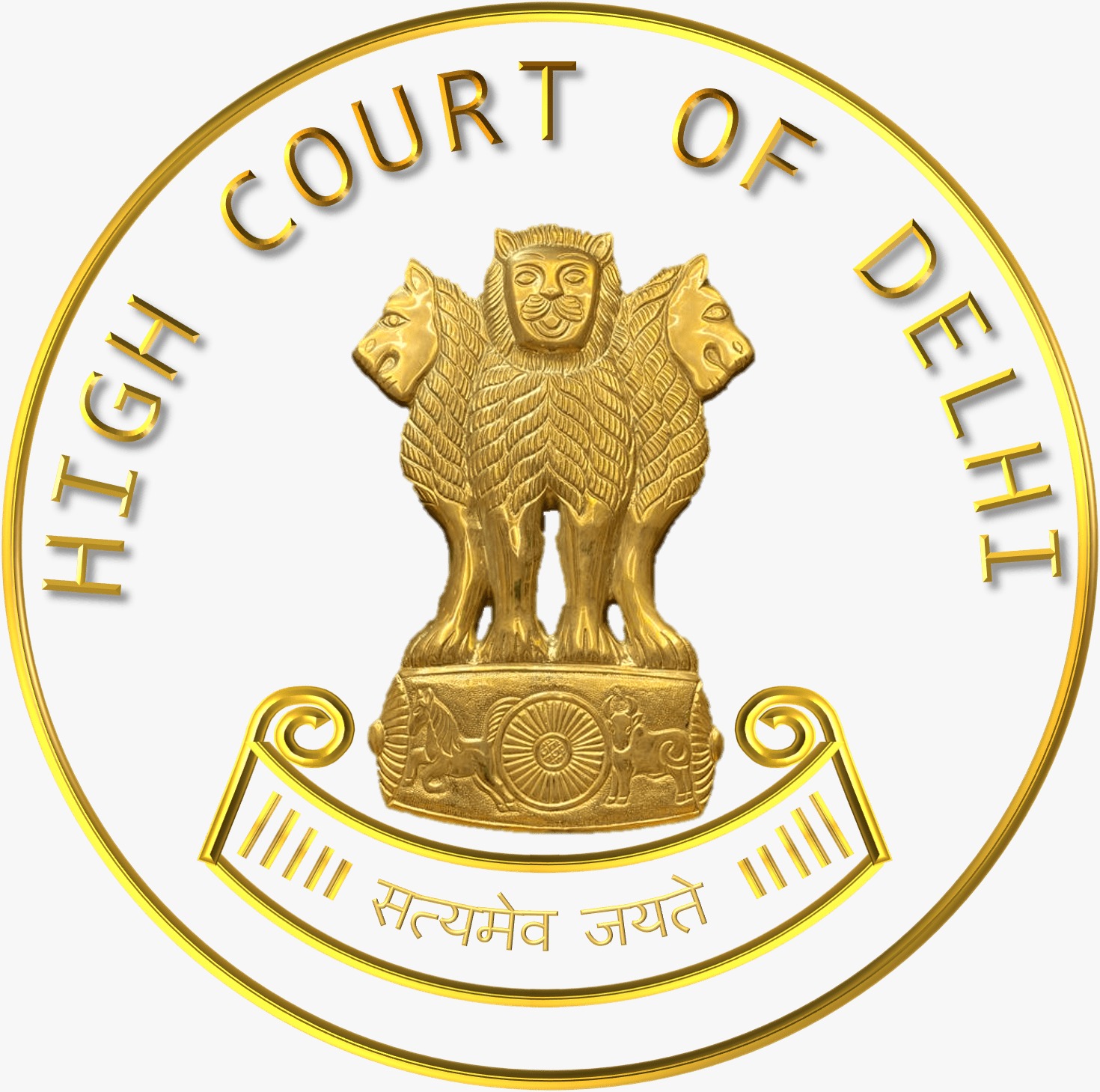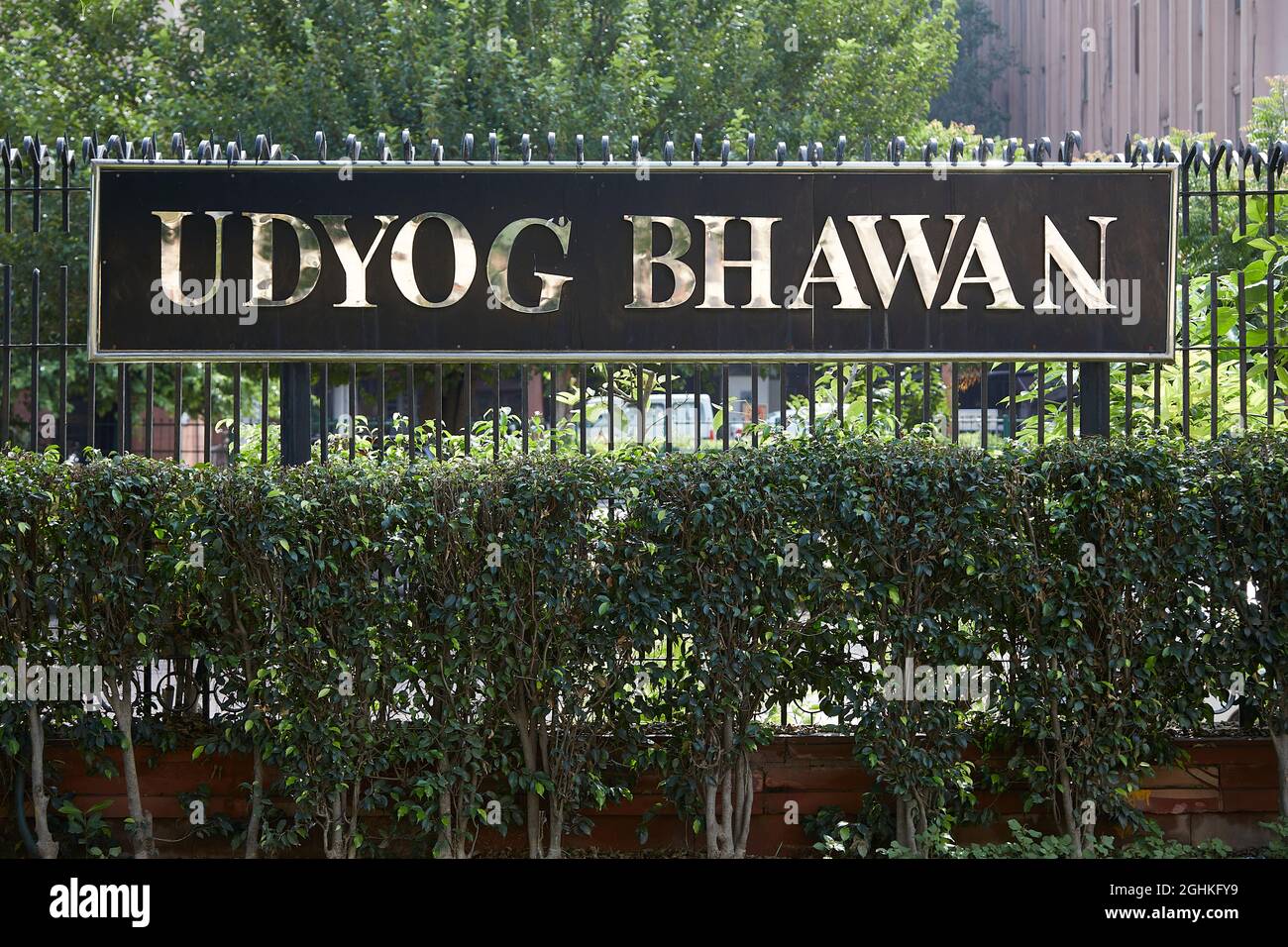Ashutosh Mohunta, J.@mdashThe petitioner has filed the present petition u/s 482, Code of Criminal Procedure, for quashing the complaint dated June 15, 1994 (Annexure P2) u/s 138 of the Negotiable Instruments Act, 1988, and the summoning order dated July 5, 1994 (Annexure P3) passed by the Additional Chief Judicial Magistrate, Chandigarh.
2. Smt. Naranjan Kaur(respondentNo. 2) rented out ground floor of H. No. S-65, Greater Kailash-II, New Delhi, to the petitioner on May 16, 1992. Hardev Singh (respondent No. 1) is her son. He was duly appointed as her general power of attorney. In order to make the payment of lease money, the petitioner issued two cheques--one for Rs. 8,000/- dated October 25, 1993 drawn on the Bank of Rajasthan Ltd., Greater Kailash,New Delhi; and the other for Rs. 10,000/- dated January 6, 1994 drawn on Corporation Bank, Greater Kailash, New Delhi. The cheques were presented to the Bankers of respondent No. 1 and were deposited in the joint S.B. A/c No. 25003 in the name of Prabhdev Singh and Hardev Singh. The cheques were returned by the Banker of the petitioner vide memo dated March 19, 1994 with the remarks "insufficient funds". Intimation regarding to the bouncing of the cheques was received by respondent No. 1 from his Bankers vide memo dated April 15, 1994. RespondentNo. 1 sent a notice dated April 29, 1994 by registered post and also under Postal Certificate to the accused-petitioner with regard to the, bouncing of the cheques and also with a request that the payment be made within 15 days of the receipt of the notice. The notice sent by U.P.C. was received by the accused on May 2, 1994, whereas the one sent by registered post was refused by the accused-petitioner.
3. The respondents filed a complaint dated June 15,1994 (Annexure P2) in the Court of Additional Chief Judicial Magistrate, Chandigarh, who summoned the accused for the offence punishable u/s 138 of the Negotiable Instruments Act, vide order dated July 5, 1994 (Annexure P3). It is for the quashment of the complaint and the summoning order that the present petition has been filed.
4. I have heard the learned Counsels for the parties and with their assistance have gone through the evidence on the record.
5. The primary contention raised by the learned Counsel for the petitioner is that the impugned cheques were bounced on March 19, 1994 and intimation was sent to the respondents on March 20, 1994. The respondents were bound to send the legal notice to the petitioner within 15 days of the dishonouring of the cheques. As the notice was issued on April 29, 1994, i.e., after expiry of the mandatory period, therefore, the complaint was barred by time and the summoning order could not be issued against the petitioner. Further, the Counsel for the petitioner contends that the petitioner was even willing to make the payment to the complainant-respondents when he came to know about the dishonouring or the cheques, but in order to harass the petitioner, the respondents flatly refused to receive the amount in question.
6. I do not find any merit in the contention raised by the learned Counsel for the petitioner. It has been proved on record that respondent No. 1 had received the dishonoured cheques with the covering letter of the Bank (Ex. P7) dated April 15, 1994. The complaint has been filed on April 29, 1994. Thus, the complaint has been filed within the mandatory period of 15 days. The petitioner has failed to controvert the evidence produced by the complainant. Therefore, it cannot be said that the complaint had been lodged beyond the mandatory period of 15 days.
7. As regards the contention raised by the learned Counsel for the petitioner that the petitioner was ready and willing to make thepayment of the dishonoured cheques, it has come on record that the petitioner had refused to accept the legal notice sent by registered post. The notice sent by U.P.C. was received by the petitioner on May 2, 1994, but the petitioner has failed to take notice of it. He did not produce any evidenced show that immediately after the receipt of the notice he had taken steps to make the payment to the respondents, but the same was declined by them. In case, afterfiling of the complaint the petitioner offered to make the payment to the respondents, that is of no value. The object of issuing notice indicating the factum of bouncing of thecheques is to give an opportunity to the drawer to make payment within 15 days, so that it will not be necessary for the payee to proceed against the drawer for any criminal action, even though the Bank had dishonoured the cheques. But after the filing of the complaint, the offer, if any, is useless. It is at the most a mitigating circumstance at the time of conviction. For this view of mine, I am fortified with the authority of Hon''ble the Supreme Court reported as
In the light of the above, I do not find any merit in this petition. It is, accordingly, dismissed.

